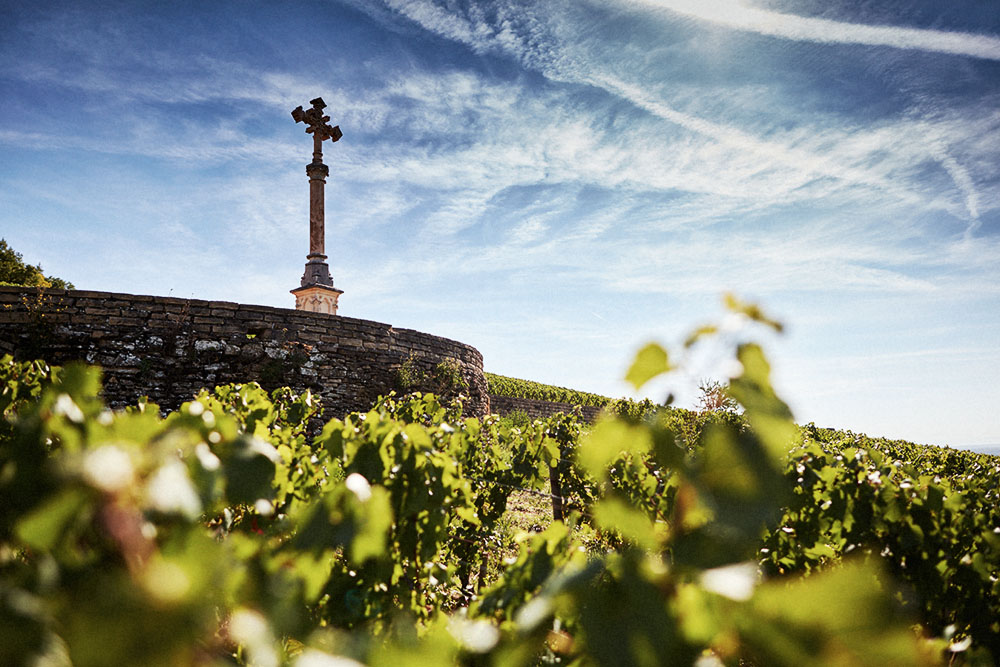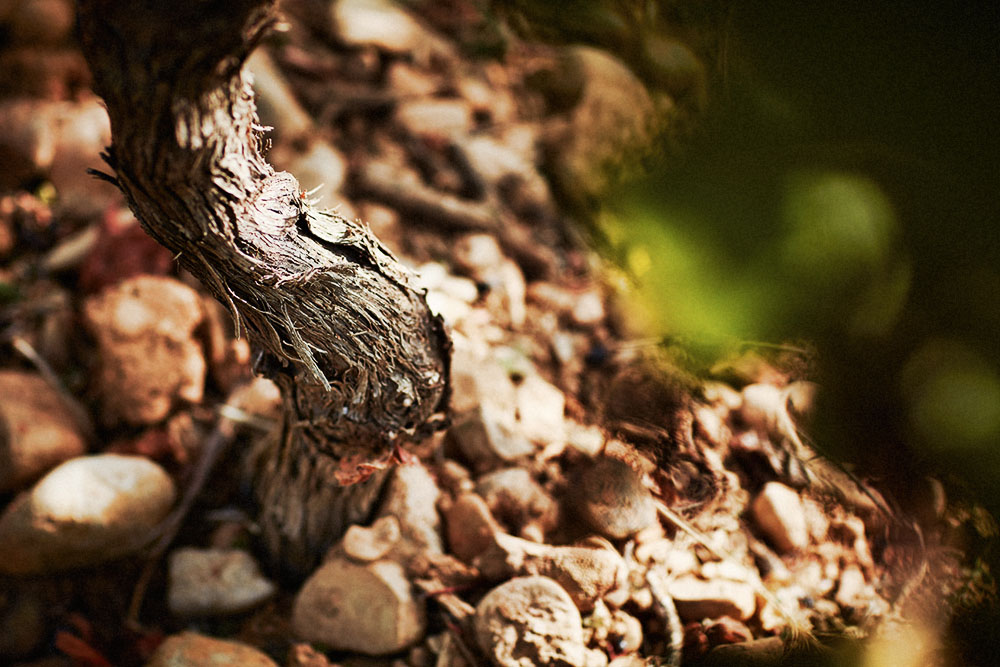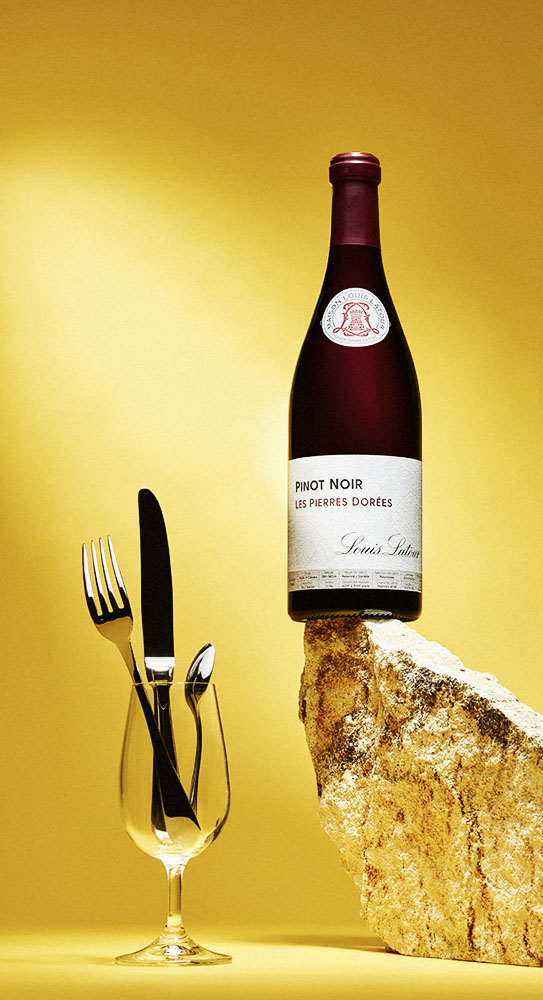Not all Aligoté should be relegated to Kir. Indeed, one of the finest white wines from all of Burgundy — from the Côte de Nuits no less — Domaine Ponsot’s Morey St Denis Premier Cru, Clos des Monts Luisants Vieilles Vignes, is made entirely from Aligoté, although you wouldn’t know it from the label. The 2009, consumed over dinner earlier this year, was spectacular at a decade of age, showing a near-magical combination of vivacity and minerality. (The 2015, the current vintage on the market, sells for $210.)
The Domaine Ponsot website notes that in the pre-phylloxera days, Aligoté was widely planted in the best part of the slope, the top where the soil was thinnest, on the Hill of Corton, and in Puligny-Montrachet and Chassagne-Montrachet. With replanting after phylloxera, growers opted for the more reliable and faster producing Chardonnay vines, relegating most Aligoté — though not Ponsot’s — to the flat land.
Bourgogne Aligoté is typically drunk young to capture its cutting, zesty profile. A friend of mine aptly described these wines as “dust busters.” One does not need to spend vast sums to enjoy Aligoté. Because of its down-market reputation, the prices for Bourgogne Aligoté — even from star producers — have not caught up to their quality. Look for those from Domaine Paul Pernot in Puligny-Montrachet, Domaine Marc Colin et Fils in Saint-Aubin or Domaine Goisot in the Côtes d’Auxerrois [d’Auxerre?] near Chablis. All three consistently make delightfully refreshing and balanced versions.
Bouzeron, where Chardonnay is forbidden, is the only appellation that mandates Aligoté. Located in the Côte Chalonnaise, the appellation is tiny — only about 130 acres — but the wines are worth searching for. Jasper Morris, a world authority on Burgundy, notes that the grape grown in Bouzeron, Aligoté Doré (as in “golden”), is superior to the one grown throughout the Côte-d’Or. At a tasting of the wines in Beaune last year with 20 Bouzeron producers participating, there was hardly one I would not have been happy to drink. As with other Aligoté-based wines, Bouzeron wines are typically drunk young. What really opened my eyes at this tasting was some beautiful examples of Bouzeron that had up to a decade of bottle age. Its chiselled aspect remained, balancing and, indeed, enhancing a subtle creaminess.



